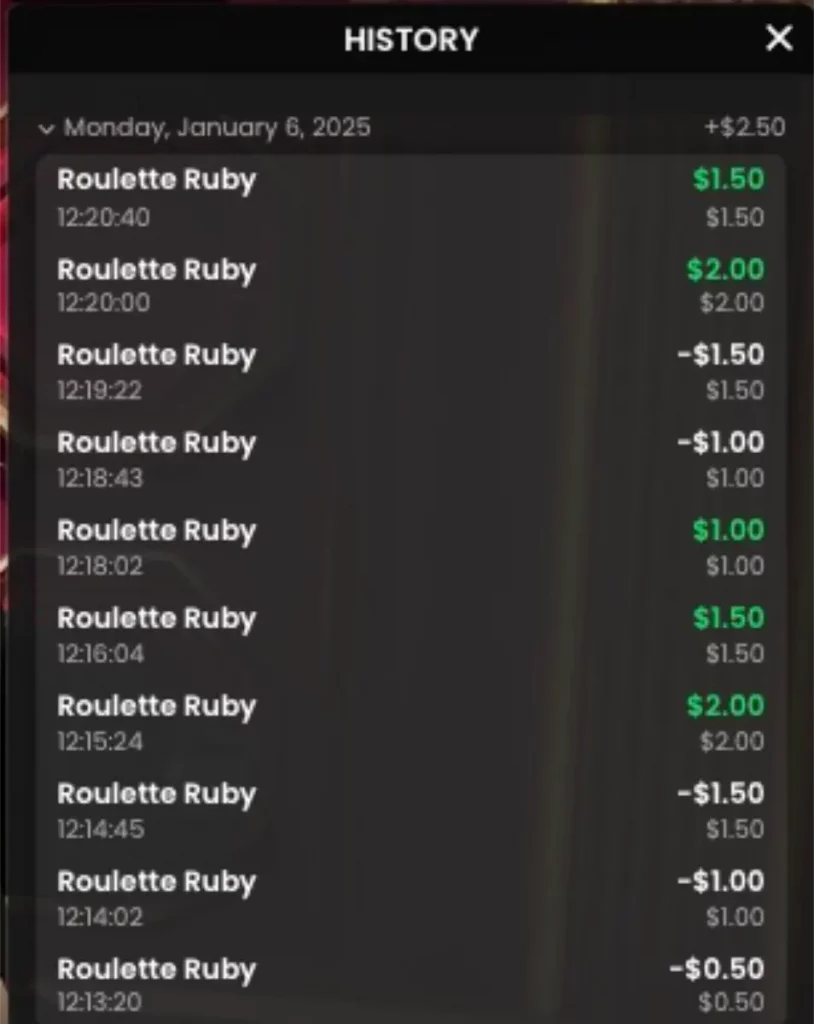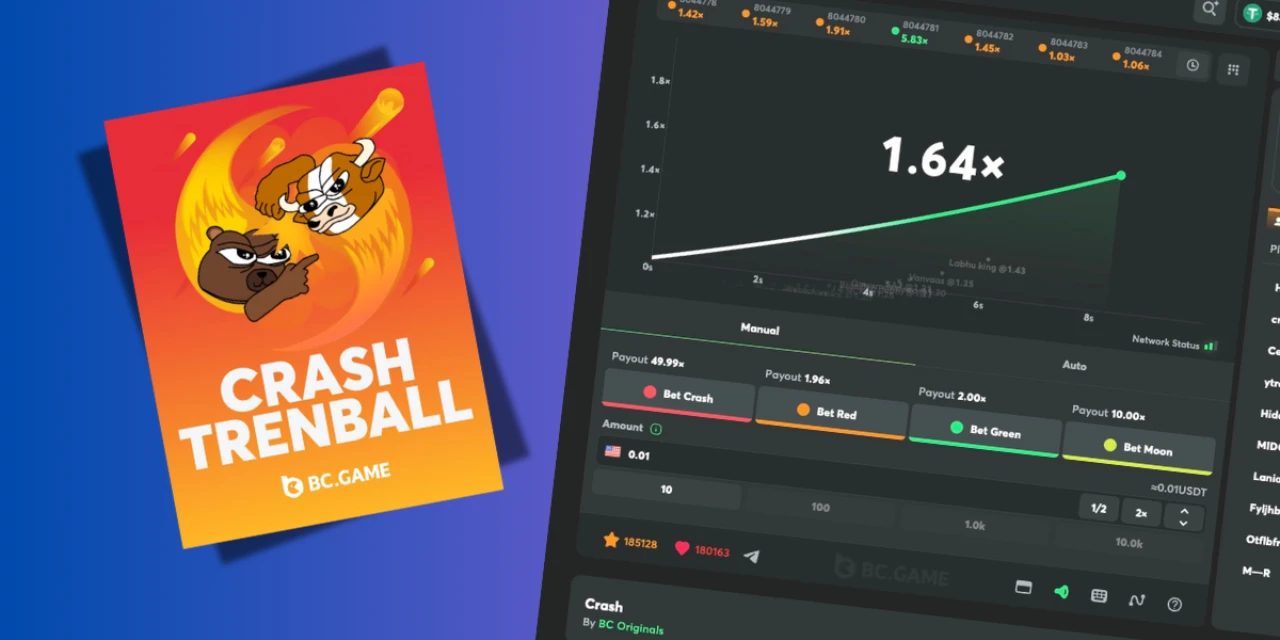
Labouchere Betting System: How Good Is It?
Testing betting strategies is always something I enjoy. And this time, the Labouchere betting system is on my radar. It’s certainly not the easiest to execute, but what if I told you that it’s way better than Martingale?
Let me show you how it works, and why it might be worth your time.
What Is The Labouchere System?
Created by British aristocrat Henry Labouchere in the 1800s, this betting strategy stands out from simpler systems like Martingale or Paroli by using a sequence of numbers to determine your bets.
The centuries-old betting system, also known as the Split Martingale or Cancellation system, uses a unique sequence-based method that helps you work toward specific profit goals.
Here are the key features that make Labouchere unique:
- Designed for even-money bets (close to 50/50 odds)
- Each sequence targets a specific profit goal
- More flexible than all-or-nothing systems
- Allows you to customize risk levels
- Popular in roulette, baccarat, and crash gambling
How Does The Labouchere System Work?
Like the Fibonacci sequence, The Labouchere system might sound complicated at first glance, but once you get the hang of it, it’s surprisingly straightforward.
I’ll admit, this system isn’t for everyone. It’s definitely not as flashy as something like Martingale, but that’s kind of the point.
You create a sequence of numbers, and the goal is to cross them all out by adding up the first and last numbers to determine your bets.
Sounds simple, right? Let me walk you through how I use it and why it’s worth trying.
- Starting Sequence: 1, 2, 3, 4, 5 (target: 15 units)
- First Bet: 1 + 5 = 6 units → Win → New Sequence: 2, 3, 4
- Second Bet: 2 + 4 = 6 units → Lose → New Sequence: 2, 3, 4, 6
- Third Bet: 2 + 6 = 8 units → Win → New Sequence: 3, 4
- Fourth Bet: 3 + 4 = 7 units → Win → Sequence Complete, Profit Achieved: 15 units
When it works, it’s like crossing off items on a to-do list: clean, satisfying, and rewarding. But on rough days, you’ll find yourself adding numbers faster than you can remove them. That’s when I know it’s time to walk away.
My Test
I was impressed by the theory behind Labouchere. However, I always love to put things to the test before I give my verdict.

I tested Labouchere in Roulette Ruby. I set a profit goal of $5 and dedicated a max budget of $10. The session was quite dynamic, as I had some early setbacks followed by a nice recovery!
| Bet Number | Bet Amount | Result | Profit/Loss | Running Balance |
| 1 | $0.50 | Loss | -$0.50 | $9.50 |
| 2 | $1.00 | Loss | -$1.00 | $8.50 |
| 3 | $1.50 | Loss | -$1.50 | $7.00 |
| 4 | $2.00 | Win | +$2.00 | $9.00 |
| 5 | $1.50 | Win | +$1.50 | $10.50 |
| 6 | $1.00 | Win | +$1.00 | $11.50 |
| 7 | $1.00 | Loss | -$1.00 | $10.50 |
| 8 | $1.50 | Loss | -$1.50 | $9.00 |
| 9 | $2.00 | Win | +$2.00 | $11.00 |
| 10 | $1.50 | Win | +$1.50 | $12.50 |
I’ve started with classic rookie pain: three straight losses burned me down to $7, making my palms sweat while watching 30% of the bankroll vanish.
The session closed with a satisfying flourish after some mid-game wobbles, turning the $10 into $12.50 in less than 10 minutes. So here are my key takeaways:
- I never entered the real danger zone.
- Ending sessions after the second winning streak may be a good idea.
- Higher profit goals (80% or more) might have devastating results.
Labouchere Betting System Pros and Cons
Before getting into implementation tips, let’s look at what makes this system stand out and where it might fall short. After testing it, I’ve found some interesting patterns.
Let’s start with what works well:
✅ Offers more flexibility than rigid systems like Martingale
✅ You can customize sequences to match your risk tolerance
✅ Each winning sequence guarantees your target profit
✅ Losing streaks don’t force astronomical bet increases
✅ Works well with even-money bets across different games
However, there are some drawbacks to consider:
❌ More complex than simple progression systems
❌ Requires careful tracking of your sequence
❌ Long losing streaks can lead to larger bets than expected
Using the Labouchere system can be rewarding, but it’s easy to let things spiral if you’re not careful. Here are five tips I’ve learned the hard way to help you keep your betting sequence in check:
1. Start Small and Stay Realistic
The sequence you choose directly impacts your risk and the size of your bets. I usually start with something simple, like 1, 2, 3, instead of diving into a long sequence like 1, 2, 3, 4, 5, 6, 7, 8.
A shorter sequence keeps bets manageable, especially if you hit a losing streak.
Remember, you can always increase your target once you’ve gained confidence with the system.
2. Set a Maximum Bet Limit
Before you start, decide on a cap for your bets. If a losing streak pushes your next bet beyond that limit, stop and reassess.
For example, if I notice my next bet will exceed 30% of my bankroll, I take that as my signal to walk away. No sequence is worth blowing your entire budget.
3. Cut Your Sequence Mid-Game
If your sequence grows too long after consecutive losses, don’t be afraid to trim it down. Let’s say I’ve gone from 1, 2, 3, 4 to 1, 2, 3, 4, 8, 10, 12.
At that point, I might reset to a smaller sequence like 1, 2, 3, 4 to regain control and keep bets manageable. Sometimes, it’s better to take a smaller loss than chase an unrealistic goal.
4. Set Clear Win and Loss Limits
I always enter a session with two key numbers in mind: a profit target and a maximum loss. If I clear my sequence and hit my profit target, I walk away, no exceptions.
On the flip side, if I lose a set percentage of my bankroll (usually up to 20%), I stop before the situation worsens. Sticking to these limits helps me avoid emotional decisions.
I always make sure to focus on bankroll management, as it’s essential in this strategy.
5. Stay Disciplined, Don’t Deviate
It’s tempting to adjust bets or sequences mid-game to “speed things up,” but that’s when mistakes happen. I’ve learned the hard way that discipline is everything with the Labouchere system.
Stick to the plan, even if you’re feeling impatient or frustrated. Deviations almost always lead to bigger losses.
Using Labouchere System in Casino Games
What is a betting system without real application? Let’s see how the Labouchere betting system works in some popular games.
Labouchere System in Roulette
Roulette is the first game that comes to mind when I think about using Labouchere.
Roulette’s even-money bets, like red/black, odd/even, or 1-18/19-36, are tailor-made for this system.
Here’s how to apply it:
- Start with a sequence like 1, 2, 3, 4 (target: 10 units).
- The first bet is on red (or another even-money option), adding the first and last numbers: 1 + 4 = 5 units.
- Win? Cross off the 1 and 4.
- Lose? Add the bet amount (5) to the end of the sequence: 1, 2, 3, 4, 5.
Roulette’s predictability in terms of betting patterns makes it ideal for keeping track of the sequence. And you can switch up your bets, moving from red/black to odd/even, to avoid falling into a repetitive streak.
Labouchere Betting System in Baccarat
Baccarat is another fantastic game for Labouchere, thanks to its simple structure and low house edge. Most players stick to either the Player or Banker bets (both of which have close to 50% odds).
Personally, I favor the Banker bet despite the 5% commission because of its slightly better probability.
Here’s how I would use Labouchere in baccarat:
- Start with a sequence like 1, 2, 3.
- Place my first bet on Banker: 1 + 3 = 4 units.
- Win? Cross out the numbers. Lose? Add the bet amount (4) to the sequence.
The fast-paced nature of baccarat lets you move through progressions quickly, but be cautious, the losing streaks can sneak up on you.
I usually set a tighter sequence for baccarat to keep my bets manageable.
Labouchere in Crash
Crash games might not seem like a natural fit for Labouchere at first, but trust me, they’re surprisingly compatible. In these games, you place a bet and cash out before the multiplier crashes. The goal is to combine Labouchere with disciplined multiplier targets.
Here’s my approach:
- Set a sequence like 1, 2, 3, 4 with a target multiplier (e.g., 2x).
- Place the first bet (1 + 4 = 5 units) and cash out when the multiplier hits 2x.
- Win? Cross off the numbers. Lose? Add the bet amount to the sequence.
The beauty of crash games is that you control the risk. You can also slightly increase the multiplier (for example, you can aim at 2.2x or 2.3x).
Just remember to avoid getting greedy; Labouchere thrives on discipline, not chasing.
Labouchere Strategy Alternatives
The Labouchere system is a solid choice for structured betting, but it’s not the only strategy out there. Depending on your playstyle, bankroll, and risk tolerance, you might find one of these alternatives a better fit. Here are some other popular options:
- Paroli
- Oscar’s Grind
- Martingale
- Anti-Martingale
- D’Alambert
- Fibonacci.
Final Words
And it’s time to draw my conclusion. I can safely say that the Labouchere system is a solid choice if you like structured betting with a clear goal. It works across many games, but the risks of escalating bets are real.
At the end of the day, I always point out that no system beats the house edge. Stay disciplined, manage your bankroll, and always know when to walk away. Keep it fun, that’s the whole point.








